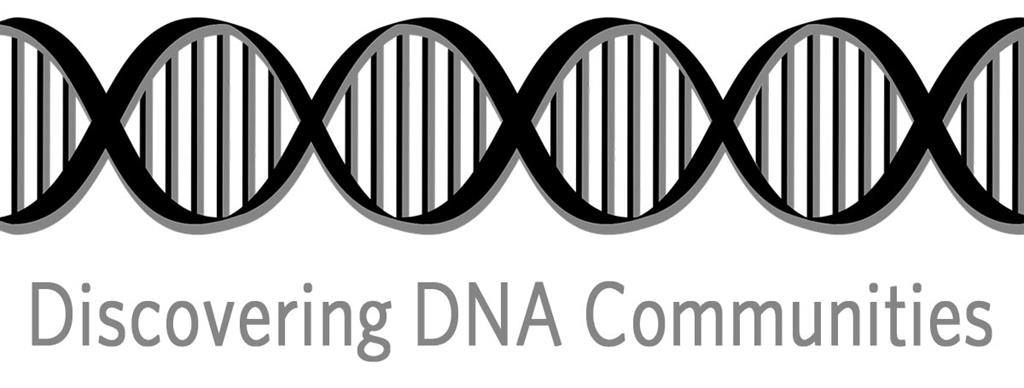Sign up for the Family Tree Newsletter Plus, you’ll receive our 10 Essential Genealogy Research Forms PDF as a special thank you!
Get Your Free Genealogy Forms
"*" indicates required fields

A new study uses genetic data and genealogical research from more than 700,000 Ancestry.com customers to reveal migration trends in North America over the past 300 years. Findings, which were published in the journal Nature Communications, are the basis of AncestryDNA’s Genetic Communities user experience.
According to an Ancestry.com announcement, the study shows “how specific groups of people are connected through their DNA, what places they called home, and which migration paths they followed to get there.” The results correspond strongly with documented history.
Researchers first identified genetically related groups and smaller clusters within them. Then they used family trees associated with those similar DNA profiles to describe the geographic origins and migration patterns within each cluster. Of special interest were communities that have develop distinguishable genetic patterns due to “gene flow barriers” such as isolated geographic location or cultural identity that encourages mating within the community.
AncestryDNA used the results to assign test-takers to the genetic communities identified in the study. Community members can view information about their groups including history, migration locations, associated ancestors, common surnames, and matches who are in the same communities. These clues to ancestors’ migratory groups can open new research avenues and provide another way to evaluate relationships to matches.
Family Tree DNA Refines Ethnic Origins
Genetic genealogy company Family Tree DNA now offers more-detailed reporting on ancestral origins for Family Finder (autosomal) test customers. The myOrigins mapping tool is expanded to show ethnic origins in 24 categories (up from 18), as well as trace results.
The refinements now identify Oceania, South Central Asia and West Middle East, and separate Finnish origin from northern Siberian; Iberian from Southern European; Sephardic from Ashkenazi Jewish; and North from South American (with overlap in Central America). Read more at Family Tree DNA.
ADVERTISEMENT




